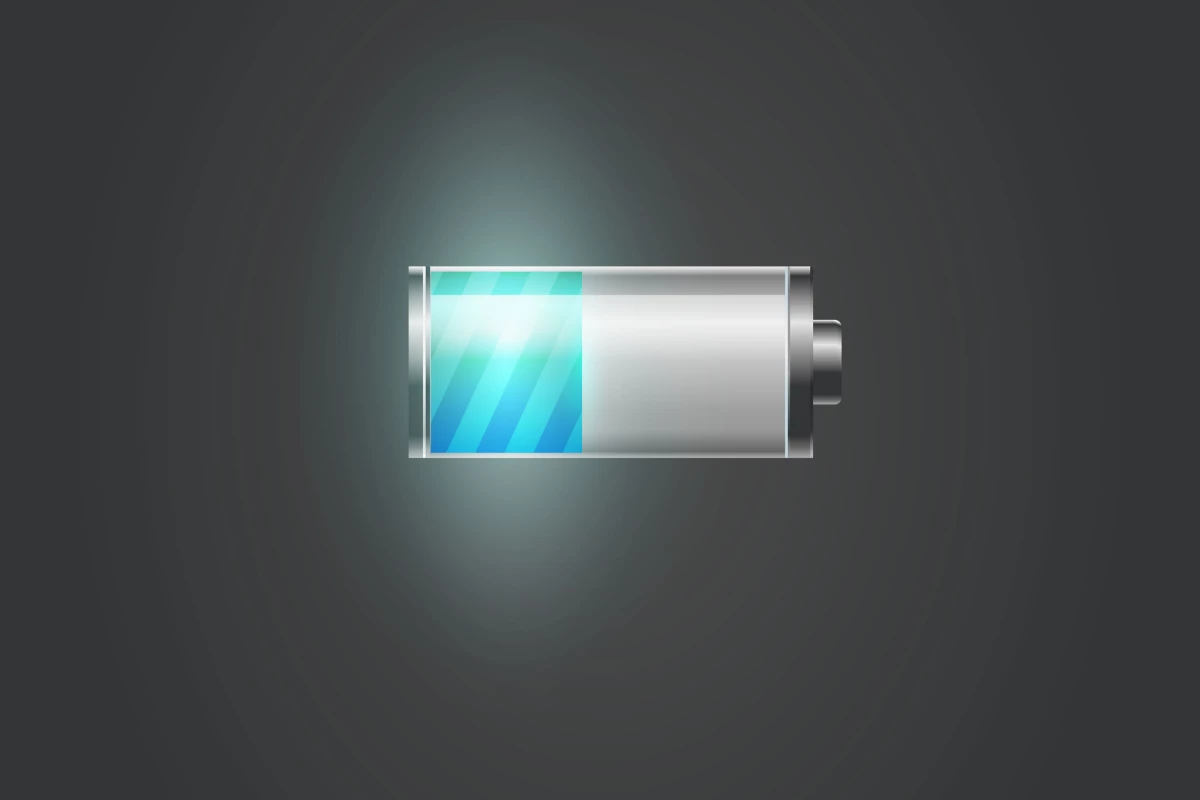Among the promising experimental battery architectures scientists are exploring is one that uses pure lithium metal for the anode, rather than the mix of materials used in today's lithium-ion devices. Scientists working in this area have now made a breakthrough around how these devices function at ultra-low temperatures, building a version that relies on weak bonds in its electrolyte to offer unprecedented performance in the cold.
The reason lithium metal batteries are seen as such a promising technology is because of the excellent energy density a pure lithium metal anode offers, compared to the mix of graphite and copper used today. So profound is this difference, that lithium metal is described as a "dream material" by some battery researchers, and seen as critical to breaking the energy-density bottleneck by others.
As the solution that carries the lithium ions back and forth between the anode and the other electrode, the cathode, during cycling, the electrolyte plays an important part in an operating battery. Researchers at the University of California, San Diego (UCSD) were attempting to develop a battery that could be charged and discharged at extremely low temperatures, something that normally requires extra heating systems, and they focused on the electrolyte component to make that happen.
The goal was to develop an electrolyte that doesn't freeze up and is able to keep the lithium ions moving between the electrodes in the cold. The researchers were experimenting with two types of electrolytes, one that binds strongly to the ions and one that binds with them far more weakly. In doing so, they found that how easily the electrolyte can let go of the ions dictates how well the battery functions at low temperatures.
The experimental cell with the strongly binding electrolyte stopped working after just two cycles when used at temperatures of -60 °C (76 °F). The cell with the weakly binding electrolyte, meanwhile, was still running smoothly after 50 cycles and retained 76 percent of its capacity. When subjected to -40 °C (-40 °F) temperatures, it retained 84 percent of its capacity.
“We found that the binding between the lithium ions and the electrolyte, and the structures that the ions take in the electrolyte, mean either life or death for these batteries at low temperature,” said first author John Holoubek,
Further investigations of these proof-of-concept cells revealed that the ions deposited far more uniformly on the anode in the battery with the weakly binding electrolyte, whereas the strongly binding electrolyte caused chunky and needle like deposits. These are known as dendrites and are another key focus for scientists working on lithium metal batteries, as they quickly cause the battery to short circuit and fail.
“How lithium ions interact with the electrolyte at the atomic level not only enables sustainable cycling at very, very low temperature, but also prevents dendrite formation,” says study author Zheng Chen.
The team built on these findings by building a prototype lithium metal battery with a sulfur-based cathode and weakly binding electrolyte. This type of device could find use in extreme environments where ultra-cold temperatures require extra heating apparatuses for batteries to keep functioning, such as outer space and deep-sea exploration.
“The significance of this work is really two-fold,” says study author Ping Liu. “Scientifically, it presents insights that are contrary to conventional wisdom. Technologically, it is the first rechargeable lithium metal battery that can deliver meaningful energy density while being fully operated at -60 C. Both aspects present a complete solution for ultra-low temperature batteries.”
The research was published in the journal Nature Energy.




